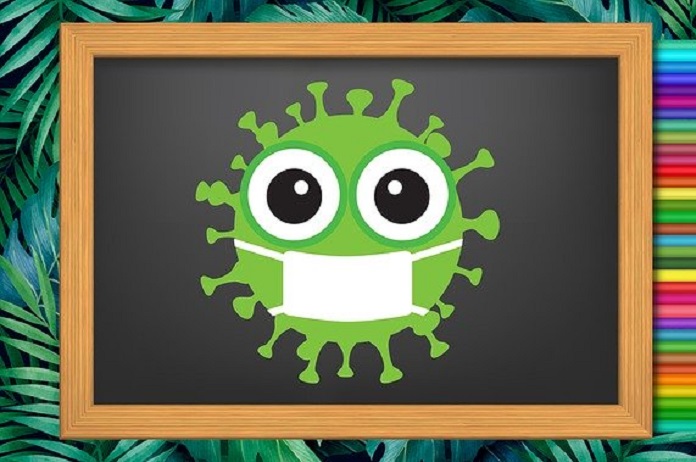During the steady rise of COVID-19 cases throughout the world, one subpopulation appears to be largely unaffected: children. With worldwide cases of COVID-19 on the rise, limited data is available on the prevalence and effects of COVID-19 in children.
Steven L. Zeichner, head of UVA Health’s Division of Pediatric Infectious Diseases, and Andrea T. Cruz, a pediatric emergency medicine physician at Houston’s Baylor College of Medicine, authored a commentary published in the journal Paediatrics that focused on a study of over 2000 reported cases of suspected or confirmed COVID-19 in children. By examining the parallels of similar research from previous years of coronavirus cases in children, they identified that preschool-aged children and infants are most likely to manifest severe clinical symptoms as opposed to older children.
There is an increased risk with more severe consequences of COVID-19 in children that are younger in age, have an underlying pulmonary pathology, or immunocompromised conditions. This is supported by studies done in both China and Norway, in which coronavirus was detected in the percentage of children that fell into the above-mentioned categories. Following this, the existence of other viral infections in reported cases makes it difficult to assess the true effects of COVID-19. It was noted that discerning displayed symptoms would be extremely challenging as some could be caused either by other pathogens, or COVID-19 in children.
As the virus continues to spread, community-based viral transmissions become a growing concern. Both Zeichner and Cruz cautioned that despite children being asympomatic, they should still practice the encouraged ‘social distancing’ guidelines.
Previous data showed evidence of the virus in the stool for several weeks after diagnosis, leading to the concern of fecal-oral transmission of COVID-19 in children who are not toilet-trained, as well as viral replication in the gastrointestinal tract. In daycare centers, schools, and in the home, this form of spreading has the most concerns and consequences.
Following the trend of previous infectious diseases, it is most likely that the effects of COVID-19 in children will differ from adults. During this time, it will be crucial to understand those differences so the pandemic may be accurately modelled and appropriate resources are allocated to children that may require care.
For a range of personal protective equipment, visit www.medofsupply.com
References:
Barney, Josh. “Understanding How COVID-19 Affects Children Vital to Slowing Pandemic, Doctors Say.” EurekAlert!, 19 Mar. 2020, www.eurekalert.org/pub_releases/2020-03/uovh-uhc031920.php.
Coronavirus Disease 2019 (COVID-19) Situation Report – 57. World Health Organization, 2020, https://www.who.int/docs/default-source/coronaviruse/situation-reports/20200317-sitrep-57-covid-19.pdf?sfvrsn=a26922f2_4.
Cruz A, Zeichner S. COVID-19 in children: initial characterization of the pediatric disease. Pediatrics. 2020; doi: 10.1542/peds.2020-0834
Image by chiplanay from Pixabay



